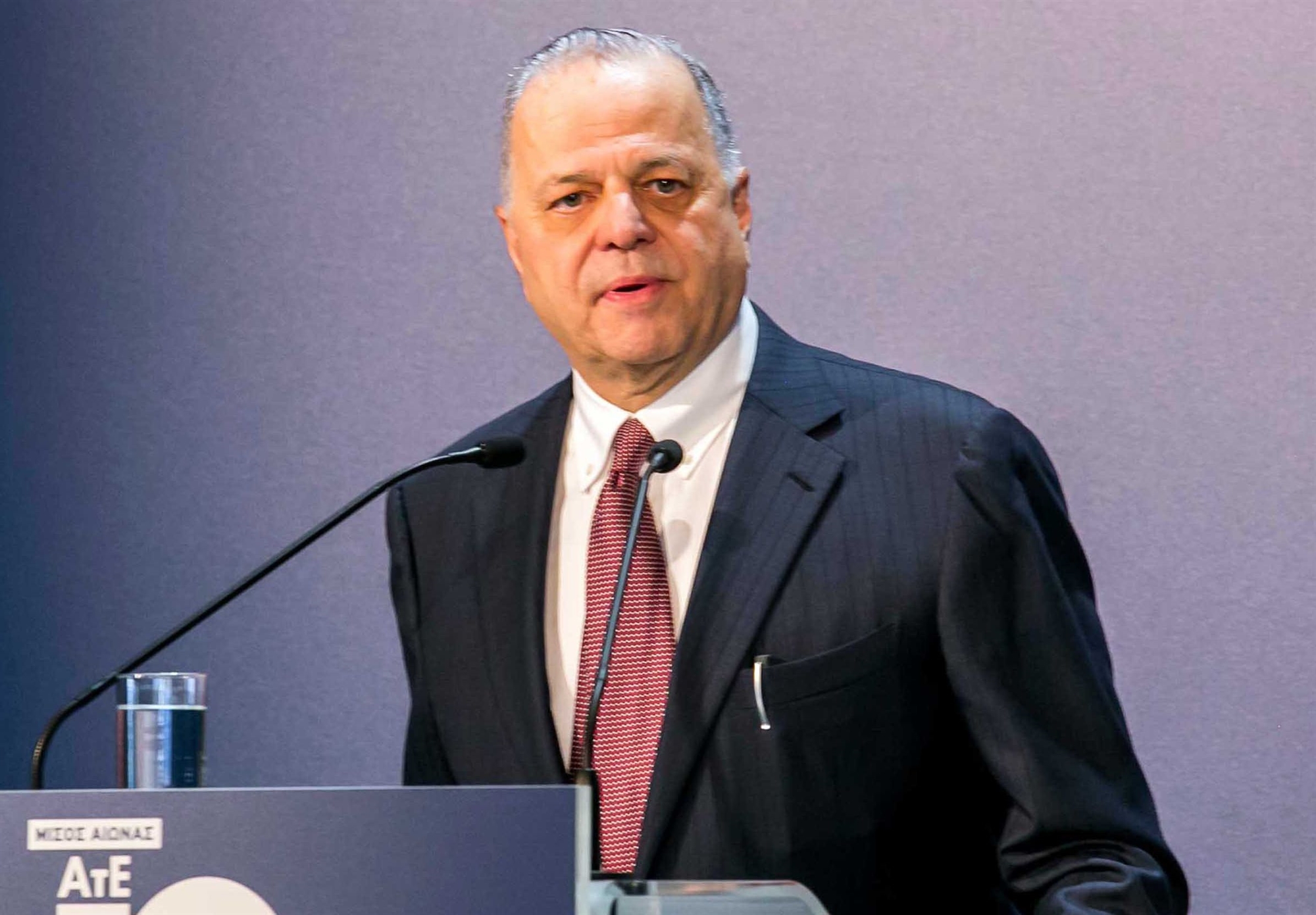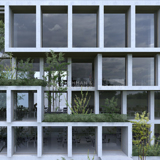According to the report, spending on home renovations is projected to account for 40% of total housing construction in 2024, an increase from 34.2% five years ago. In contrast, new home construction activity has fallen to its lowest level in 35 years on a per capita basis.
“This indicates a lack of sufficient investment and resources to expand the housing stock,” remarked Terry Rawnsley, an economist at KPMG. “The more straightforward design processes and lower risks for developers make renovating existing homes a more attractive option than constructing multiple new homes on the same block.”
The report underscores the challenges facing Australia's housing market, where rising property prices and rental costs are exerting significant pressure on the center-left Labor government, which has set an ambitious target of building 1.2 million homes by the end of the decade. A recent Freshwater poll, commissioned by the Australian Financial Review, revealed that housing was the second most pressing issue for Australian voters.
With a national election scheduled in six months, the issue remains a critical point of concern.
KPMG’s analysis also highlights that nearly 10% of spending on new private housing is allocated to one-for-one replacements, where an existing single-family home is demolished and replaced with a new one. This trend, largely driven by the Covid-19 pandemic, saw a dramatic decline in international migration, which reduced demand for new homes. Meanwhile, low borrowing costs, an excess of construction workers, and a desire to upgrade homes during lockdowns have contributed to the surge in renovation and replacement activity.
Despite a post-pandemic rebound in immigration and significantly higher borrowing costs, this trend has not reversed.
“Redirecting some of the labor and materials away from renovations and replacements could help address the current housing shortages,” Rawnsley concluded.















